You can generate the values of p using code like the following:
p <- 10^(seq(-4,0,0.2))
You want your x values to be evenly spaced on a log10 scale. This means you need to take evenly spaced values as the exponent for the base 10, because the log10 scale takes the log10 of your x values, which is the exact opposite operation.
With this, you are already pretty far. You don't need par(new=TRUE), you can simply use the function plot followed by the function points. The latter does not redraw the whole plot. Use the argument log = 'x' to tell R you need a logarithmic x axis. This only needs to be set in the plot function, the points function and all other low-level plot functions (those who do not replace but add to the plot) respect this setting:
plot(p,trans, ylim = c(0,1), ylab='coeff', log='x')
points(p,path, ylim = c(0,1), ylab='coeff',pch=15)

EDIT: If you want to replicate the log-axis look of the above plot, you have to calculate them yourselves. Search the internet for 'R log10 minor ticks' or similar. Below is a simple function which can calcluate the appropriate position for log axis major and minor ticks
log10Tck <- function(side, type){
lim <- switch(side,
x = par('usr')[1:2],
y = par('usr')[3:4],
stop("side argument must be 'x' or 'y'"))
at <- floor(lim[1]) : ceil(lim[2])
return(switch(type,
minor = outer(1:9, 10^(min(at):max(at))),
major = 10^at,
stop("type argument must be 'major' or 'minor'")
))
}
After you have defined this function, by using the above code, you can call the function inside the axis(...) function, which draws axes. As a suggestion: save the function away in its own R script and import that script at the top of your calculation using the function source. By this means, you can reuse the function in future projects. Prior to drawing the axes, you have to prevent plot from drawing default axes, so add the parameter axes = FALSE to your plot call:
plot(p,trans, ylim = c(0,1), ylab='coeff', log='x', axes=F)
Then you may generate the axes, using the tick positions generated by the
new function:
axis(1, at=log10Tck('x','major'), tcl= 0.2) # bottom
axis(3, at=log10Tck('x','major'), tcl= 0.2, labels=NA) # top
axis(1, at=log10Tck('x','minor'), tcl= 0.1, labels=NA) # bottom
axis(3, at=log10Tck('x','minor'), tcl= 0.1, labels=NA) # top
axis(2) # normal y axis
axis(4) # normal y axis on right side of plot
box()

As a third option, as you are importing ggplot2 in your original post: The same, without all of the above, with ggplot:
# Your data needs to be in the so-called 'long format' or 'tidy format'
# that ggplot can make sense of it. Google 'Wickham tidy data' or similar
# You may also use the function 'gather' of the package 'tidyr' for this
# task, which I find more simple to use.
d2 <- reshape2::melt(x, id.vars = c('v1'), measure.vars = c('v2','v3'))
ggplot(d2) +
aes(x = v1, y = value, color = variable) +
geom_point() +
scale_x_log10()




